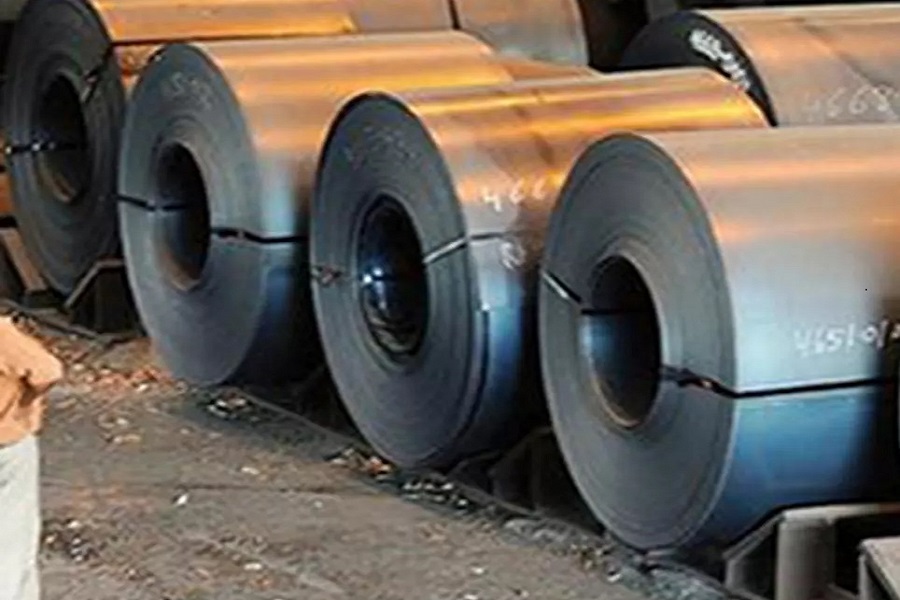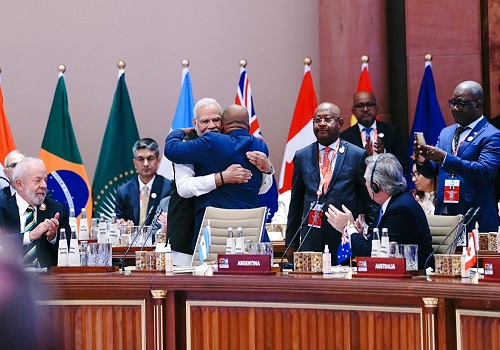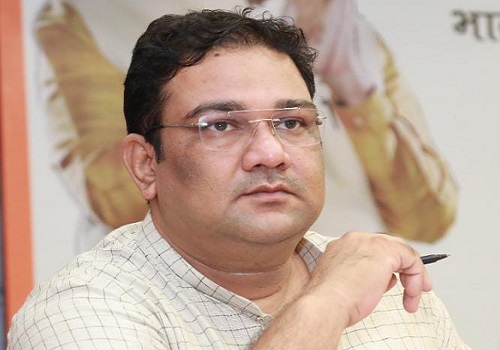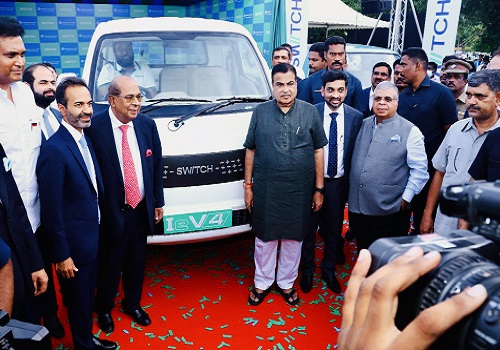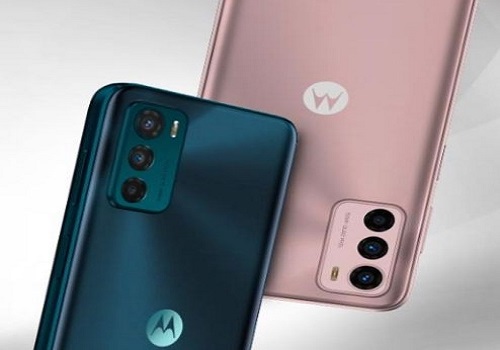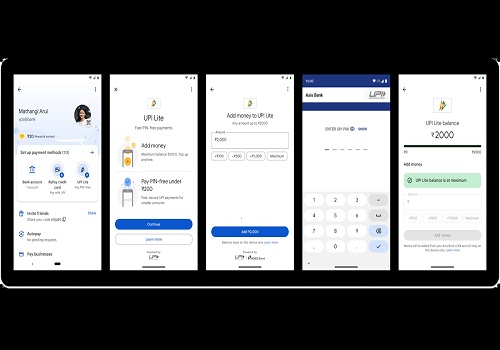Boeing Starliner lifts off to space on NASA's uncrewed flight test

Follow us Now on Telegram ! Get daily 10 - 12 important updates on Business, Finance and Investment. Join our Telegram Channel
After two failed attempts since 2019, Boeing's CST-100 Starliner is finally in orbit and is on its way to the International Space Station (ISS) on a mission designed to test the end-to-end capabilities of the crew-capable system as part of NASA's Commercial Crew Programme.
The Starliner lifted off on NASA's Boeing Orbital Flight Test-2 (OFT-2) at 6.54 p.m. EDT (4.24 a.m. IST) on a United Launch Alliance (ULA) Atlas V rocket from Space Launch Complex-41 at Cape Canaveral Space Force Station in Florida on Friday.
"I am so proud of the NASA, Boeing and United Launch Alliance teams who have worked so hard to see Starliner on its way to the International Space Station," said NASA Administrator Bill Nelson, in a statement.
"Through adversity, our teams have continued to innovate for the benefit of our nation and all of humanity. I look forward to a successful end-to-end test of the Starliner spacecraft, which will help enable missions with astronauts aboard," he added.
This is the Starliners' third attempt -- first was in December of 2019, which failed due to a series of software glitches.
In the second attempt last August, Boeing halted the flight just hours before liftoff, after discovering some propellant valves that weren't working properly.
Starliner is now scheduled to dock to the forward port of the ISS' Harmony module about 7.10 p.m. Friday, May 20 (4.40 a.m. on Saturday IST).
For the flight test, Starliner is carrying about 500 pounds of NASA cargo and crew supplies and more than 300 pounds of Boeing cargo to the ISS.
Following certification, NASA missions aboard Starliner will carry up to four crew members to the station, enabling the continued expansion of the crew and increasing the amount of science and research that can be performed aboard the orbiting laboratory.
OFT-2 will provide valuable data toward NASA certifying Boeing's crew transportation system for regular flights with astronauts to and from the space station.
"We've learned a lot about the capability of our spacecraft and the resilience of our team since the first Starliner launch," said Mark Nappi, vice president and programme manager, Boeing Commercial Crew Programme, in the statement. "We still have a lot of operational testing ahead as we prepare to rendezvous with the space station, but we're ready to demonstrate the system we've worked so hard on is capable of carrying astronauts to space."
Starliner is scheduled to depart the space station Wednesday, May 25, when it will undock and return to Earth, with a desert landing in the western US. The spacecraft will return with more than 600 pounds of cargo, including Nitrogen Oxygen Recharge System reusable tanks that provide breathable air to station crew members. The tanks will be refurbished on Earth and sent back to station on a future flight.
The successful launch and orbital insertion are major milestones for the company's second uncrewed flight, bringing the US closer to having two independent crew systems flying missions to and from the space station. The other one being SpaceX.








